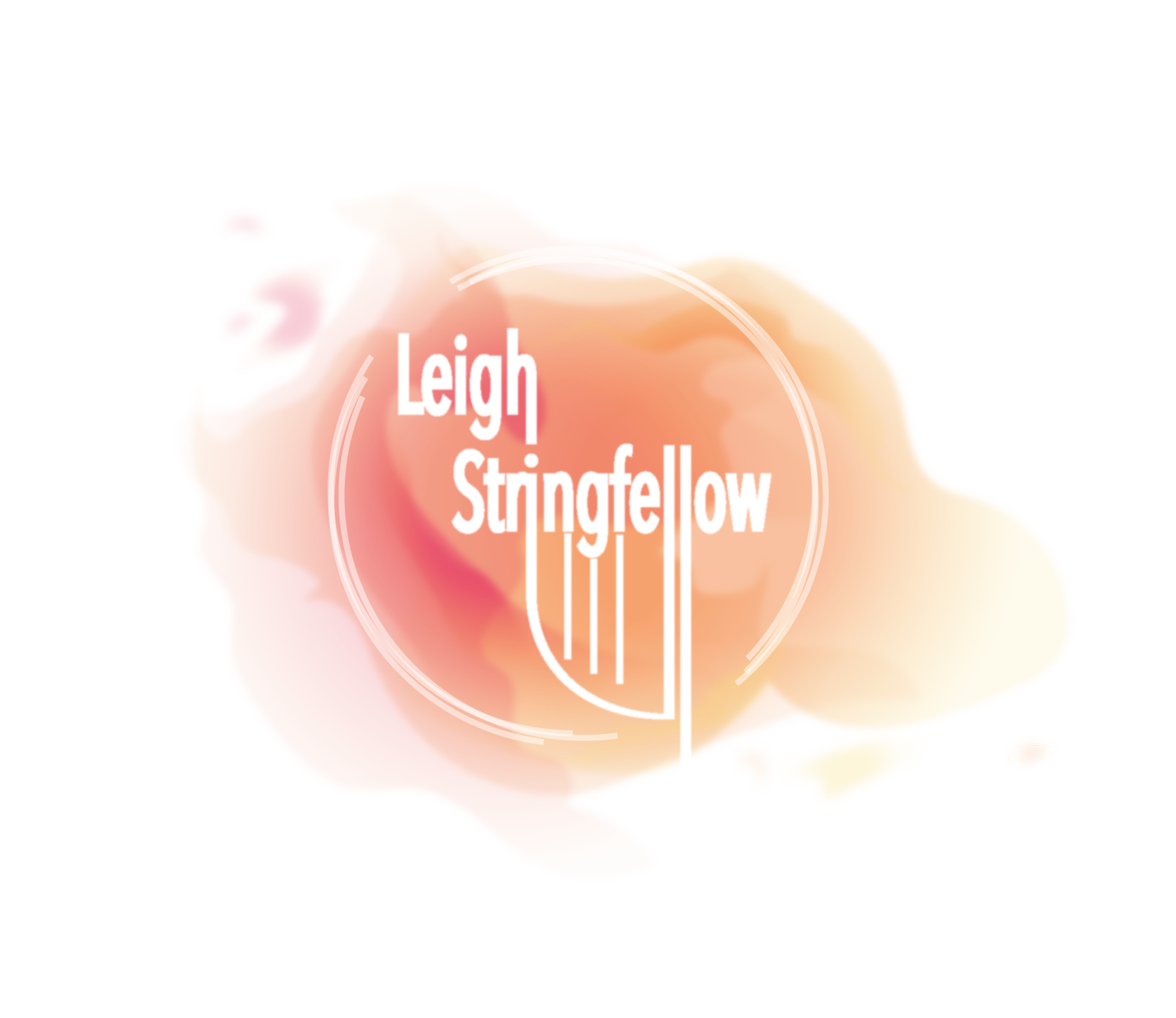House Call
/
Originally published November 24, 2014 on www.GigHarp.com
Aside from daily tuning, and replacing broken strings, false strings or the string that is about to break; a traveling harp technician regulates the harp. Always a friend of harpists, harp techs travel the world adjusting these instruments. Harp techs are far and few between. A fellow from California told me once, statistically, you are more likely to win the lottery than run into a harp tech. Harpists typically work with the same harp tech, as they are familiar with the nuances and history of your harp’s care, basically your harp tech is your harps primary care physician. Since moving to North Carolina, Master Harp Technician Ed Galchick of Harp Tweak maintains and “tweaks” my instruments.
A harp regulation is akin to your car’s oil/filter change. It helps maintain the tuning of the harp and the integrity of the pedal action. The pedals change the key, or tuning of the harp to a new scale. This mechanism has over 2,000 hand fitted moving parts. Harp tech’s oil part of the mechanism, replace pedal felts so that audiences cannot hear the pedals moving and make sure those 2,000 hand-fitted pieces are working properly! This takes 20-30 minutes and is definitely the most exciting part to watch. The harp rests on its column, and the bass of the harp is removed, partially revealing the insides of the harp.
The next part is about 1.5-2 hours. The harp strings put about 2,000 pounds of force on the frame of the harp and overtime the sounding board gradually lifts. A rich timbre can be partially credited to the roundness of the sounding board, but eventually the wood will crack and the harp will require a new sounding board. (For that repair, the harp goes to Chicago to the Lyon and Healy Harp Factory!).
Every year, the sounding board moves ever so slightly upwards. This changes the distance from the bottom of the string to the top of the string, and can negatively influence tuning once the pedals are moved. The pedals turn 2 discs on the neck of the harp that lowers the upper node of the string, shortening it by 1 or 2 half-steps. The harp tech adjusts the position of these discs so that the string stays in tune in each pedal position (e.g. C-Flat, C-Natural, & C-Sharp).
My harp sounds so much better!
On this trip, Ed is visiting about 20 different harpists over two weeks in South Carolina and North Carolina. Having already visited Greenville, SC, Chapel Hill, NC, Durham, NC, next up is Winston-Salem, Wilson, & Statesville, NC. Harp regulators know harpists from all over the world, they share news and make introductions between harpists. They are the thread. Thank you Ed for your continued efforts, time to write a book!


